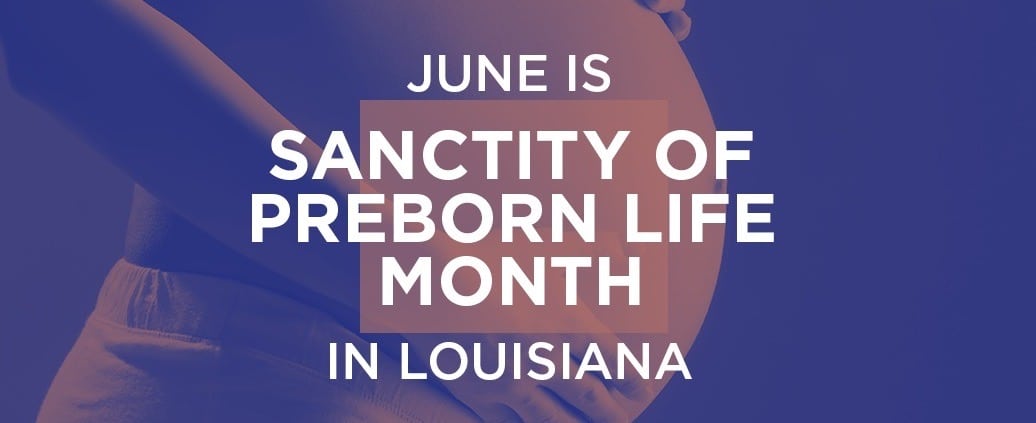By Message Staff
The number of U.S. babies born in 2017, about 3.85 million, was the lowest total since 1987, according to the latest CDC figures.
Worse yet, the fertility rate, based on the average number of babies born to each woman of child-bearing age, fell dramatically to just above 1.76, well below the 2.1 level that is needed to keep a population stable, meaning no growth or decline.
Already, among whites in the United States, deaths began exceeding births in 2016. That looms large in terms of the population drop that is sure to follow because non-Hispanic whites compose 61 percent of the population.
For comparison, Japan’s population is in a downward spiral, peaking at more than 128 million in 2010, a mere 25 years after dropping to a fertility rate of 1.76. Various demographers conclude that based on current fertility trends, Japan will decline by more than 19 million in population by 2050, a drop of almost 15 percent.
Meanwhile, China, boasting the largest population of 1.4 billion, is trending down in fertility as well – 1.75 but possibly as low as 1.6 – and has lost more than 20 million workers from the labor force the last six years as more Chinese workers age and retire without anyone younger to replace them.
Also, the low fertility rate is speeding up China’s fall from the top in population.
Previously, the United Nations projected that India would overtake China in population by 2050. That projection has been updated to 2035, 2028 and now stands at 2024, although some demographers claim the shift could happen as early as 2022, only three years away.
India also is facing a fertility crisis, however, and will peak in population, perhaps as few as two decades after exceeding China in numbers of people.
Together, the populations of China, India and the United States make up almost 40 percent of the world population.
LifeWay’s operating loss tops $35.5 million
According to Baptist Press, LifeWay Christian Resources will close a yet-to-be-determined number of stores due to “an accelerated rate of erosion” of sales at its “brick and mortar” outlets.
Baptist Press released data from the Southern Baptist Convention annuals showing “total operating expenses exceeded sales” eight years in a row, growing in deficit each year from $2.3 million to $35.5 million, during 2010-2017. Data for 2018 has not been published.
Audited statements in the SBC annuals show LifeWay’s total assets increased from $407 million to $452 million during the same time frame. However, this was due to the sale of two major properties: the Glorieta Conference Center in 2013 and the LifeWay building in Nashville in 2015.
LifeWay subsequently purchased land in the Gulch, a toney Nashville development area, and built a $75 million facility.
Thom Rainer, Lifeway’s CEO since 2006, announced in August 2018 that he plans to retire.
BP quoted a Jan. 15 email from Rainer to employees in which he wrote that coming changes at Lifeway would cause some “pain and disruption” but also offer “opportunities and hope.”
“It is an incredible time for LifeWay to get the message of the [G]ospel to the world and continue to offer biblical solutions for life,” he said.
Data: Millennials poorly served by U.S. education system
A report published by the Pew Research Center in 2018 claimed millennials (ages 21 to 36 in 2017) “are much better educated” than their grandparents, completing more years of education and attaining higher degrees, on average, than their grandparents.
However, researchers for the Organization of Economic Cooperation and Development, which tests for educational outcomes among adults around the world, found years of schooling and earning educational credentials and certificates were misleading measures of education.
The summary of highlights from the Survey of Adult Skills which tests literacy, numeracy and problem-solving in technology-rich environments, showed millennials aged 25-34 years old scored low in all three of these areas compared to their peers around the world. Even the best educated millennials in the United States performed poorly relative to their peers in other countries.
Researchers at the Princeton-based Educational Testing Service analyzed the data, too.
“We really thought [U.S.] Millennials would do better than the general adult population, either compared to older coworkers in the U.S. or to the same age group in other countries,” Madeline Goodman, an ETS researcher who worked on the study, told Fortune magazine. “But they didn’t. In fact, their scores were abysmal.”
The ETS report concluded that “far too many [Americans] are graduating high school and completing postsecondary educational programs without receiving adequate skills.
“If we expect to have a better educated population and a more competitive workforce,” the report continued, “policy makers and other stakeholders will need to shift from one of educational attainment to one that acknowledges the growing importance of skills and examines these more critically.”





